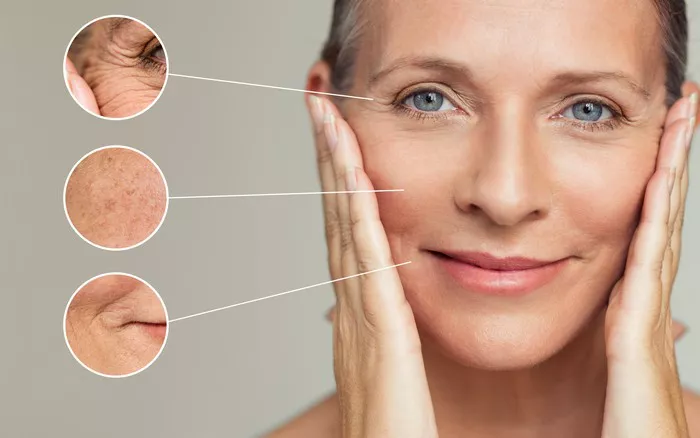Microneedling is a popular cosmetic treatment that involves using a device with small needles to create tiny punctures in the skin. This process is designed to stimulate collagen production and improve the appearance of fine lines, wrinkles, and scars. While microneedling is generally considered safe and effective, there are some potential risks and side effects associated with this treatment. In this article, we will explore the disadvantages of microneedling and what you need to know before undergoing this procedure.
What is Microneedling?
Microneedling is a cosmetic treatment that involves using a device with small needles to create tiny punctures in the skin. This process is designed to stimulate collagen production and improve the appearance of fine lines, wrinkles, and scars. The device used for microneedling can vary, but typically involves a roller or pen-like device with small needles that penetrate the skin.
Microneedling is typically performed in a medical or spa setting by a trained professional. The procedure can take anywhere from 30 minutes to an hour, depending on the size of the treatment area. Patients may experience some redness and swelling following the procedure, but this typically subsides within a few days.
Disadvantages of Microneedling
While microneedling is generally considered safe and effective, there are some potential risks and side effects associated with this treatment. These include:
Infection
One of the main risks of microneedling is the potential for infection. The tiny punctures created by the needles can provide a pathway for bacteria to enter the skin. This can lead to infection, which can cause redness, swelling, and pain.
To reduce the risk of infection, it is important to ensure that the microneedling device is properly sterilized before use. Patients should also follow all post-treatment care instructions provided by their provider, such as avoiding touching the treatment area and keeping the skin clean and dry.
Skin Irritation
Another potential side effect of microneedling is skin irritation. The punctures created by the needles can cause redness, swelling, and itching. This is typically a temporary side effect and should subside within a few days.
However, some patients may experience more severe skin irritation, such as a rash or hives. If this occurs, it is important to contact your provider for further evaluation and treatment.
Hyperpigmentation
Hyperpigmentation is a potential risk of microneedling, particularly in patients with darker skin tones. This occurs when the skin produces too much melanin in response to the treatment, resulting in dark spots or patches on the skin.
To reduce the risk of hyperpigmentation, it is important to choose a qualified provider who has experience working with patients of all skin types. Patients should also avoid sun exposure and wear sunscreen following the procedure.
Scarring
While microneedling is designed to improve the appearance of scars, there is a potential risk of scarring with this treatment. This can occur if the needles are too long or if the treatment is too aggressive.
To reduce the risk of scarring, it is important to choose a qualified provider who has experience working with patients with scars. Patients should also follow all post-treatment care instructions provided by their provider, such as avoiding sun exposure and keeping the skin clean and dry.
Pain
Microneedling can be a painful procedure, particularly for patients with sensitive skin. The needles used for the treatment can cause discomfort and pain, particularly in areas with thin skin, such as around the eyes.
To reduce the risk of pain, patients may be given a topical numbing cream prior to the procedure. Patients should also communicate any discomfort or pain to their provider during the procedure.
Bleeding
One of the potential risks of microneedling is bleeding. The needles used for the treatment can penetrate the skin deeply enough to cause bleeding, particularly in areas with thin skin or where the skin is more delicate.
To reduce the risk of bleeding, it is important to choose a qualified provider who has experience working with patients with different skin types and conditions. Patients should also avoid taking blood-thinning medications prior to the procedure, as this can increase the risk of bleeding.
Allergic Reactions
Another potential risk of microneedling is an allergic reaction. Some patients may be allergic to the materials used in the microneedling device or to the products applied to the skin during or after the procedure.
To reduce the risk of an allergic reaction, it is important to inform your provider of any allergies or sensitivities you may have prior to the procedure. Your provider may also perform a patch test prior to the procedure to check for any potential allergic reactions.
Conclusion
Microneedling is a popular cosmetic treatment that can improve the appearance of fine lines, wrinkles, and scars. While this treatment is generally considered safe and effective, there are some potential risks and side effects associated with microneedling, including infection, skin irritation, hyperpigmentation, scarring, pain, bleeding, and allergic reactions. If you are considering microneedling, it is important to choose a qualified provider who can help you understand the potential risks and benefits of this treatment and ensure that you receive safe and effective care.


